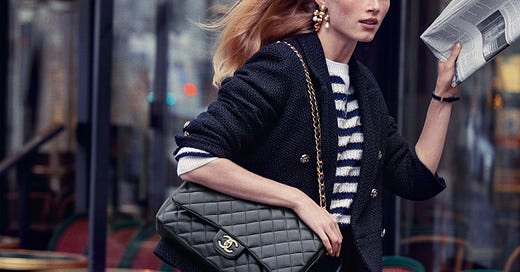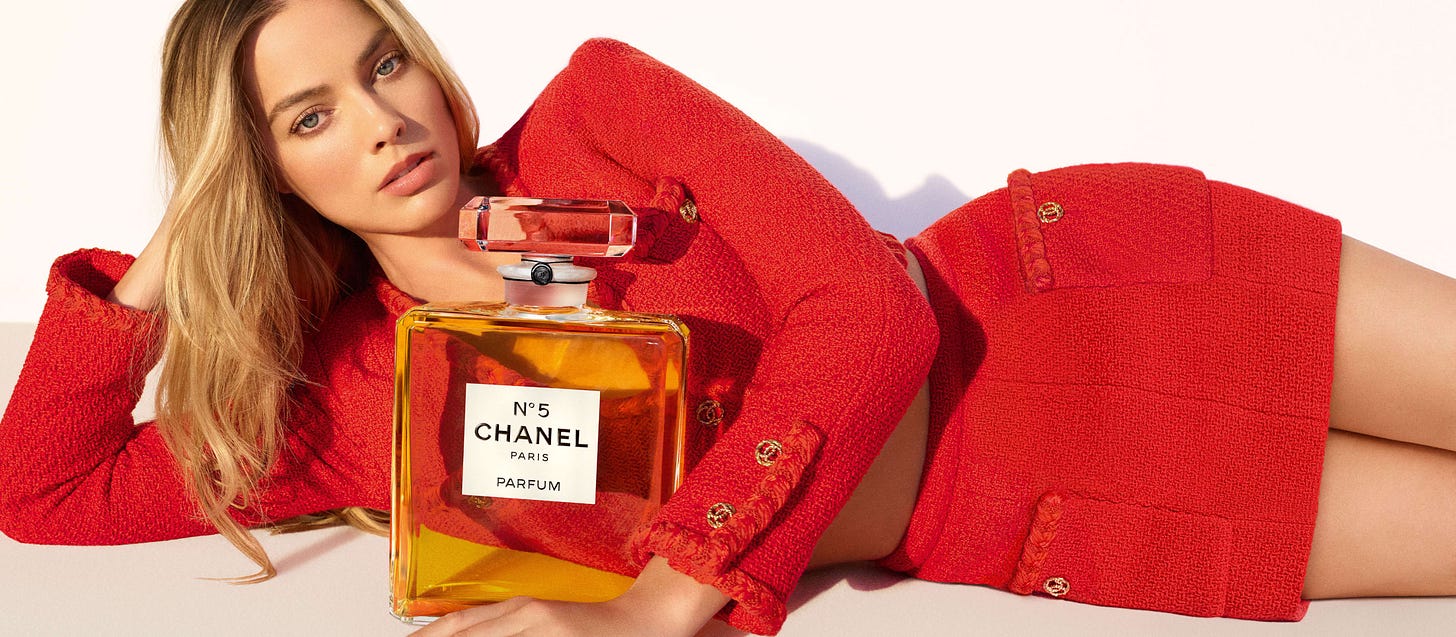Can Chanel Become a Sustainable Brand?
Chanel has appointed Sophie Brocart to a new role and unit focused on circularity, but how does the brand at the top of luxury measure up?
For a long while, people in our circles have advocated that, as a generalisation, buying into luxury fashion also lends itself to the notion of a more sustainable purchase. Whether it be buying less, but better, slow fashion, investment purchasing or however you spin it. You’ve spent more money on something so you are more likely to take care of it, wear or use it often and keep it circular by reselling it (to get some money back).
Buying into a luxury purchase usually comes with some (expected) guarantees. One is that the product will be of better quality, hand-made close to the point of purchase in an atelier, will last many wears and will have a resale value. It is thought that the products are mostly made of natural materials that come from ethical sources, almost without us really acknowledging this, it is something we subconsciously come to expect.
Well, many people will point out that Polyester is still rife in the luxury products. Which it is, although I would still argue that the percentage of entirely plastic garments within luxury fashion brands is far lower than the rest of the market. But the rest of this argument in recent times has been slowly decaying. Particularly when it comes to the large and famed, fashion-focused luxury brands, as more and more of them get caught up in scandals. Trust has been knocked, and with some enormous price increases in the last several years, what are we getting from the luxury market?
Can it be sustainability?
Keep reading with a 7-day free trial
Subscribe to Fashion's Not For Everyone with TwinBrett to keep reading this post and get 7 days of free access to the full post archives.





